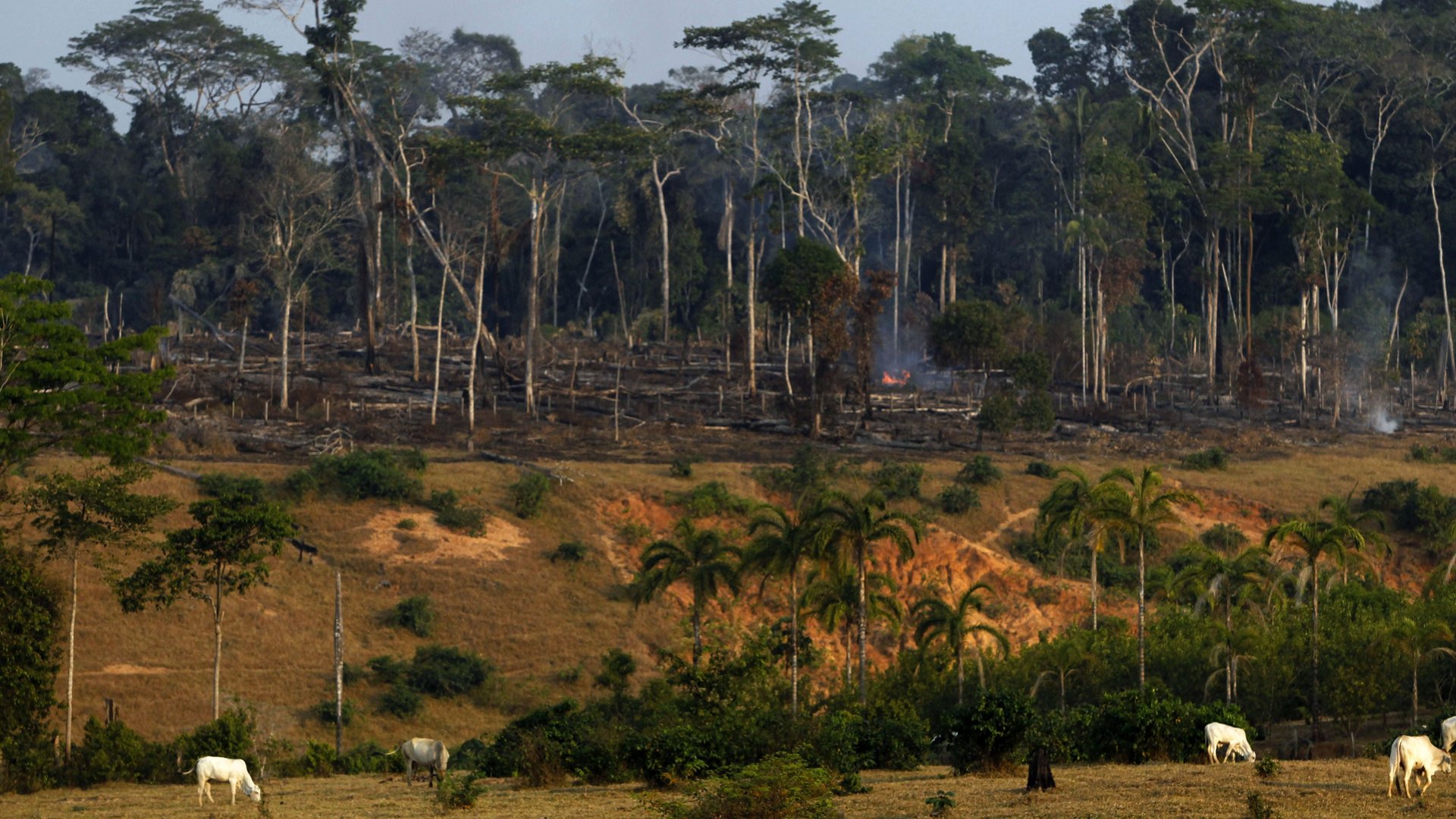Why some rainforests are becoming shorter than they were decades ago
Decades ago, people cut down trees in the Los Tuxtlas rainforest in Mexico to make room for pastures.


Decades ago, people cut down trees in the Los Tuxtlas rainforest in Mexico to make room for pastures.
But research published on April 11 in PNAS suggests that even after Los Tuxtlas became a designated reserve in 1967, the rainforest hasn’t completely recovered. Scientists from the National Autonomous University of Mexico looked at almost four decades of data from the reserve and found that the shorter palm trees have been taking over, and continue to block the growth of taller trees.
Rainforests, including reserves like the Los Tuxlas Tropical Field Station where the study was conducted, need a balance of short and tall trees to support the other plants and animals that live in the area. However, José Sarukhán, a biologist at the National Autonomous University of Mexico and lead author of the study, and his team noticed that from 1975 to 2013, the number of short palms almost quadrupled in number.
Researchers suspect that the problem stems from multiple causes. First, deforestation: Trees with leaves and branches that occupied the canopy of the rainforest—the upper-most level—were suddenly missing. More sunlight could make its way down to the lower levels of the forest. Subsequently, hunting depleted the number of large and medium herbivores, including tapirs and collared peccaries. Fewer of these herbivores means fewer animals to eat and stomp down and eat the low-growing palms. Additionally, Sarukhán said in an email, that even cultivating land along the edges of rainforests affects the way that plants can grow inside the reserve. Canopy trees may die because of more exposure to high winds and other extreme weather. Shorter palms thrive without taller trees to block out sunlight or animals to trample and feed upon them.
Yet good conditions for one plant can be bad for the ecosystem as a whole. “The problem is that it was part of the ecosystem, but it has become a bit of a nuisance, because it has lost regulators of population control,” Sarukhán said.
Sarukhán explained that as these shorter palms take over the area, they will continue to alter the structure of the forest in the future. More dominating palms mean fewer opportunities for the saplings of canopy trees to grow in the future. And although he observed these effects in one rainforest in Mexico, he suspects it’s happening in other rainforests in the country, and across the globe with different species of trees.
The best thing to do for the rainforest, Sarukhán says, is to leave it alone. Restoring forests can take decades, he explained, but it can be hastened by defining reserve areas that remain untouched by future human activity.